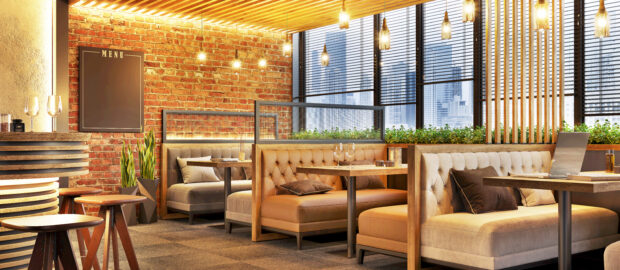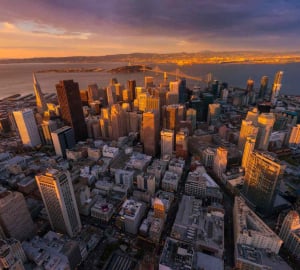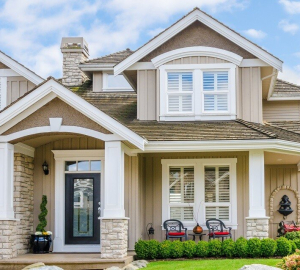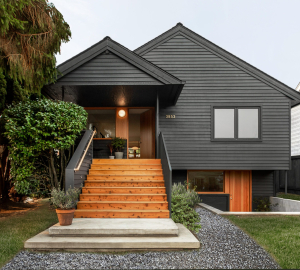The restaurant or cafe business is huge. However, the problem with many restaurants is that their layout, interiors, or overall design don’t really take into account the kind of customers they want to appeal to. For any new restaurant venture to take off, it needs to have a very attractive and welcoming appearance for customers.
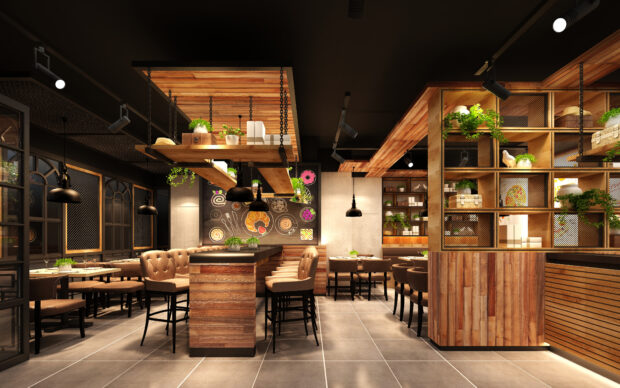
This article offers tips on how to design the right restaurant or cafe to attract more customers to your business.
Create An Unexpected Design
One of the best ways to draw attention to any business is to come up with a novel, unique, or innovative design. For example, you might want to consider building your café or restaurant inside a shipping container. Shipping containers are very durable and resistant to harsh weather conditions, making them the perfect choice for startups.
Here are some great tips if you decide to incorporate shipping containers into your design:
- Install energy-efficient lighting.
- Stack shipping containers for a two-story mobile restaurant or café.
- Compartmentalize the shipping container to separate the food preparation area or kitchen from the serving area.
Shipping containers come in different sizes and you can customize one for your restaurant or café. Just make sure to source a high-quality shipping container from reliable providers like https://www.royalwolf.com.au/product/restaurants-and-cafes.
Create A Functional And Comfortable Seating Arrangement
Make sure your seating arrangements allow people to move around easily. When customers are in a restaurant environment, they want to be able to move around and sit down in different parts of the restaurant.
When there are too many tables in one area, this can cause the customers to feel cramped and uncomfortable. This will make them less likely to come back to your establishment.
Consider The Interior Décor
When a restaurant or café is decorated with stunning, comfortable, or unexpected pieces, customers are more likely to look forward to eating there. For this reason, don’t overlook the décor of the place when you’re planning its overall design and layout.
There are many things to consider when choosing the decor of your café or restaurant such as the following:
- Theme: If you want a casual environment, go with an earthy color scheme. If you want to have a more formal atmosphere, then you can go with something bright or modern to give the place a more upscale feel.
- Budget: If you think that your budget doesn’t allow for a lot of expensive and trendy pieces, then you can always choose the best ones from home or thrift stores. You don’t have to spend too much to decorate. All you need to do is make sure that the materials used are appropriate, durable, and high-quality.
- Furniture Position: When it comes to furniture, you need to make sure that everything is in its proper position. Remember that the customers should be able to sit down and be comfortable. This way, they can enjoy the food and their time in your restaurant.
- Color Scheme: You should make sure that the décor matches the color scheme that you want to put together. It needs to also match the style that you want your restaurant to have. The colors should complement each other and should add up to give your restaurant a sense of unity.
- Place Mats: Make sure that the place mats you will choose are durable and resistant to breakage. They should also be able to resist spills. Most of the mats that are made today are made from plastic or vinyl, so they can withstand spills and stains better than other materials. Choose a mat that you know that would fit the style of your restaurant.
Install The Important Utilities
Make your outdoor restaurant space efficient by maximizing the space and resources you have for an ultimate dining experience. Aside from thinking about the layout, don’t forget to properly install the important utilities, and make sure the lines are kept away from the eyes of your customers.
Readily Accessible Menu
Think about what your customers really want to eat. This will give you an idea of what foods your customers should avoid when they’re trying to choose something for their meal. However, remember that people sometimes hesitate to enter a restaurant or café because of the fear of paying hefty price for food and beverages. Make sure that they have easy access to this information to make it easier for potential customers to make a decision.
If you plan your menus in such a way that customers find the food they want to go straight away, you’ll be able to attract more customers and increase your profit margin. Here are some great menu design tips you can try:
- Install an oversize menu in front of your restaurant or café
- Create a mobile app for your business where your customers can easily access your daily or weekly menu.
- Consider installing a digital menu that changes in between meals, like breakfast, snacks, lunch, or dinner.
Install Proper Lighting
Lighting should be able to highlight the areas such as the tables, counter tops, chairs, tables and other items that you may want more focus on. Because you want to make the ambiance more relaxing, use dim lights that only accent the furniture and accessories and are energy-efficient lighting fixtures. Make sure that you have enough space around the area where you’re putting the furniture so that you don’t run out of room. The more open the area looks, the more relaxed the atmosphere will be.
Make Your Space Clean And Tidy
People will also want to go to a restaurant that is clean and offers a great place to relax and unwind. They want to enjoy their meal and you’ll want to be sure you design your restaurant or café in a way that promotes the comfort of your customers. At the same time, always make sure the place looks clean and tidy, feels warm and welcoming, and smells good and appetizing.
Conclusion
A great restaurant or café is a comfortable and lovely place to dine. As long as you’re careful about where you place your restaurant menus, lighting, place mats, and the other design elements, you’re sure to attract new customers. Keep your business busy and bustling every single day by carefully planning the layout, décor, and color combination.

